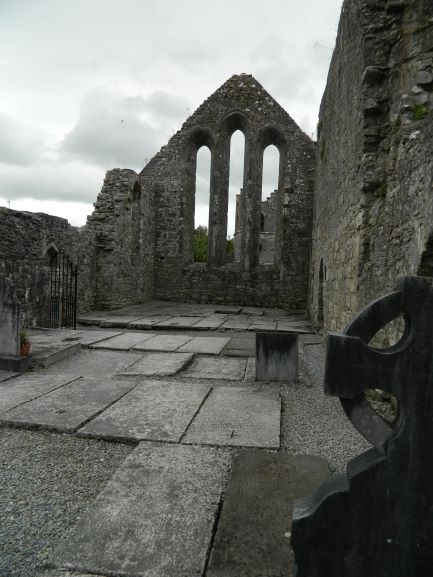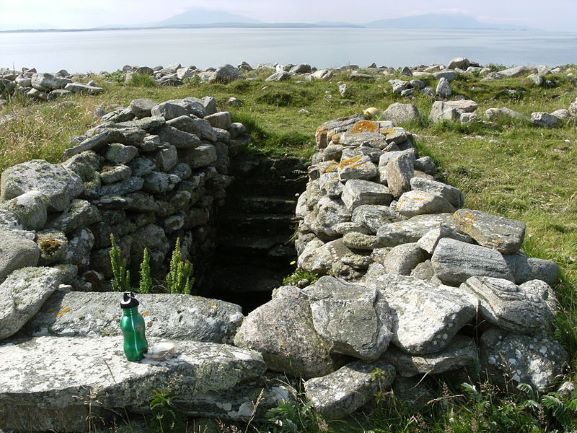A reader wrote:
David, I was wondering if when you were researching for your book, did you ever come across an Ireland’s Own magazine dated Apr-26-2013? There was an excellent article about the abbey’s of Ireland, especially the abbeys on the west coast. It mentioned that the ruins on the island of Inishglora go back to 2266 BC and the arrival of the Parthalonian race and the Dumnonii people arrived in 1536 BC and the Dumnonii became the Donnell and MacDonnells. I hope to buy your book soon. Gene
David’s response:
I did not see this article, and the book was already to the publisher for final editing and printing by April, 2013. I will research it, though, since I find your comments fascinating. The ‘Parthalonian’ race refers to the Celts and their arrival to Ireland. According to the annals of Ireland, Parthalon was the first person to arrive in Ireland after the great flood (the one in which Noah saved the human race, together with two of every species of animals).
The Dumnonii were one of the several Celtic ethnic groups to move into the British Isles from the European continent. The largest Dumnonii branch was the Laigin and the Dumnonii became known as Laigin people. Most of the Laigin settled in the eastern third of the island and Laigin (or ‘Laighean’) is the source of the kingdom name – and later provincial name – Leinster. Some of the Laigin people did migrate further west into what is now County Mayo. All of this, though, happened many years after the dates cited in your question.

The McDonnells (or at least the mercenary clan of McDonnells) did not come to Mayo until the early 1400s AD. For a few centuries, they were mercenaries in service to the powerful Burke clan, but the McDonnells became one of Mayo’s most powerful clans in their own right.
One of the most intriguing McDonnells of Mayo was ‘Aongus the Abbot’. These McDonnells were not a devout group and in fact were quite brutal. Aongus was the chief of a sept of Mayo McDonnells, and he (like all chiefs) became so by being a warrior leader. I suspect that he acquired the ‘Abbot’ name by being the protector of a monastery. From the locale of his sept, he was probably the guardian of Cong Abbey.
From your comments, there was likely a McDonnell acting as guardian of the monastery on Inishglora. I’ll see what other information I can uncover.
The photograph at the top of the page shows a fresh water well on Inishglora, with the Irish mainland on the horizon. The two other photos, by Linda McDonnell, are views of Cong Abbey.

